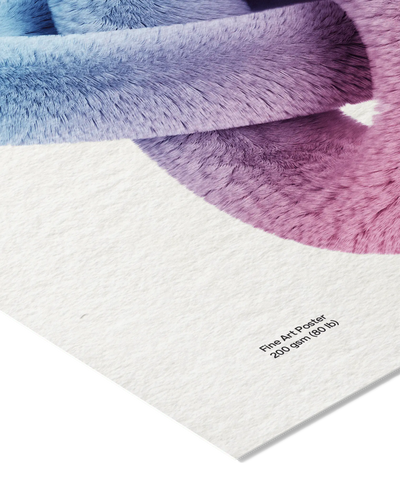
Fine Art Poster
Iconic artworks with vivid colors using giclée fine art 12-color printing technology. Unmatched quality and durability using 200gsm smooth matte paper. Unframed; delivered flat or rolled.
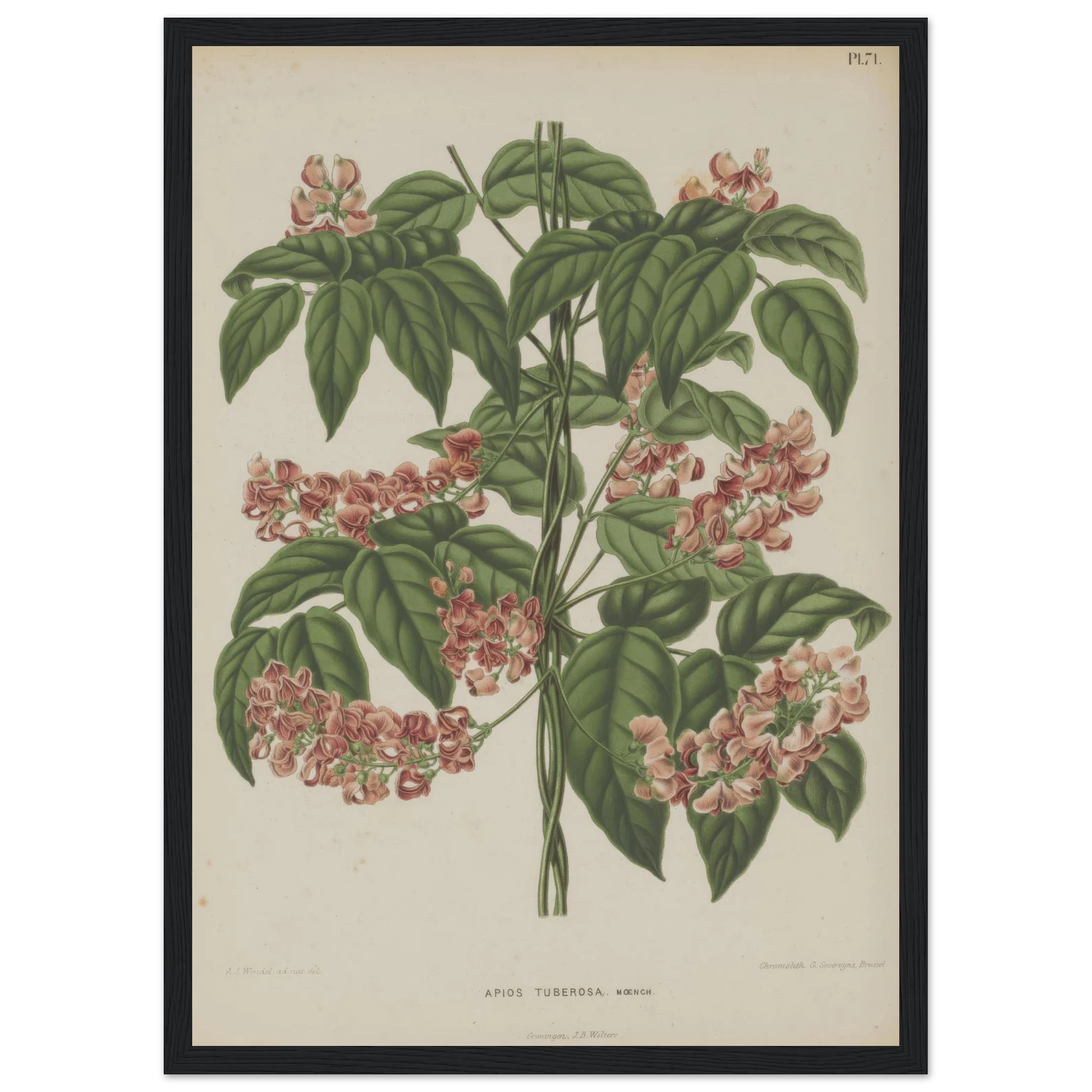


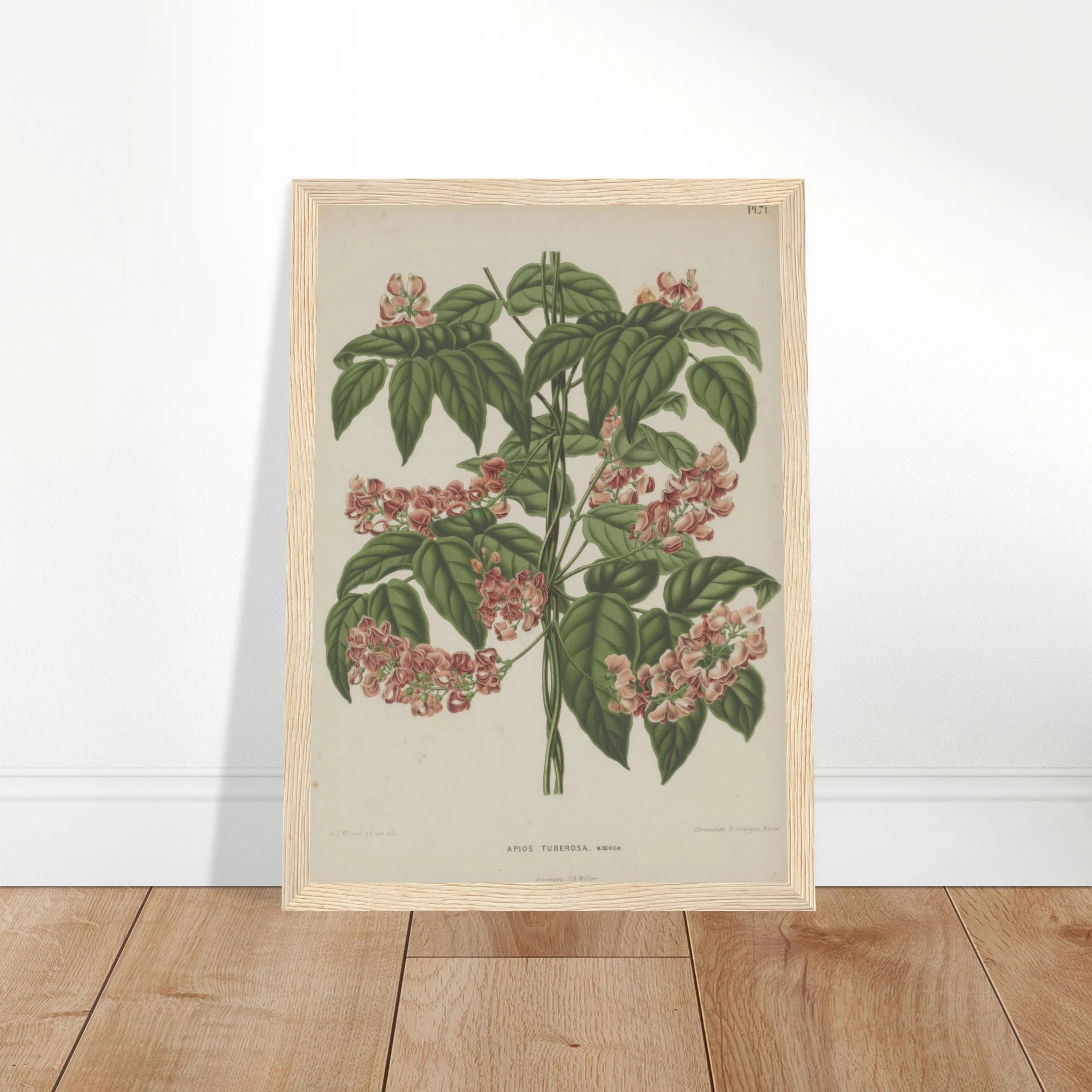
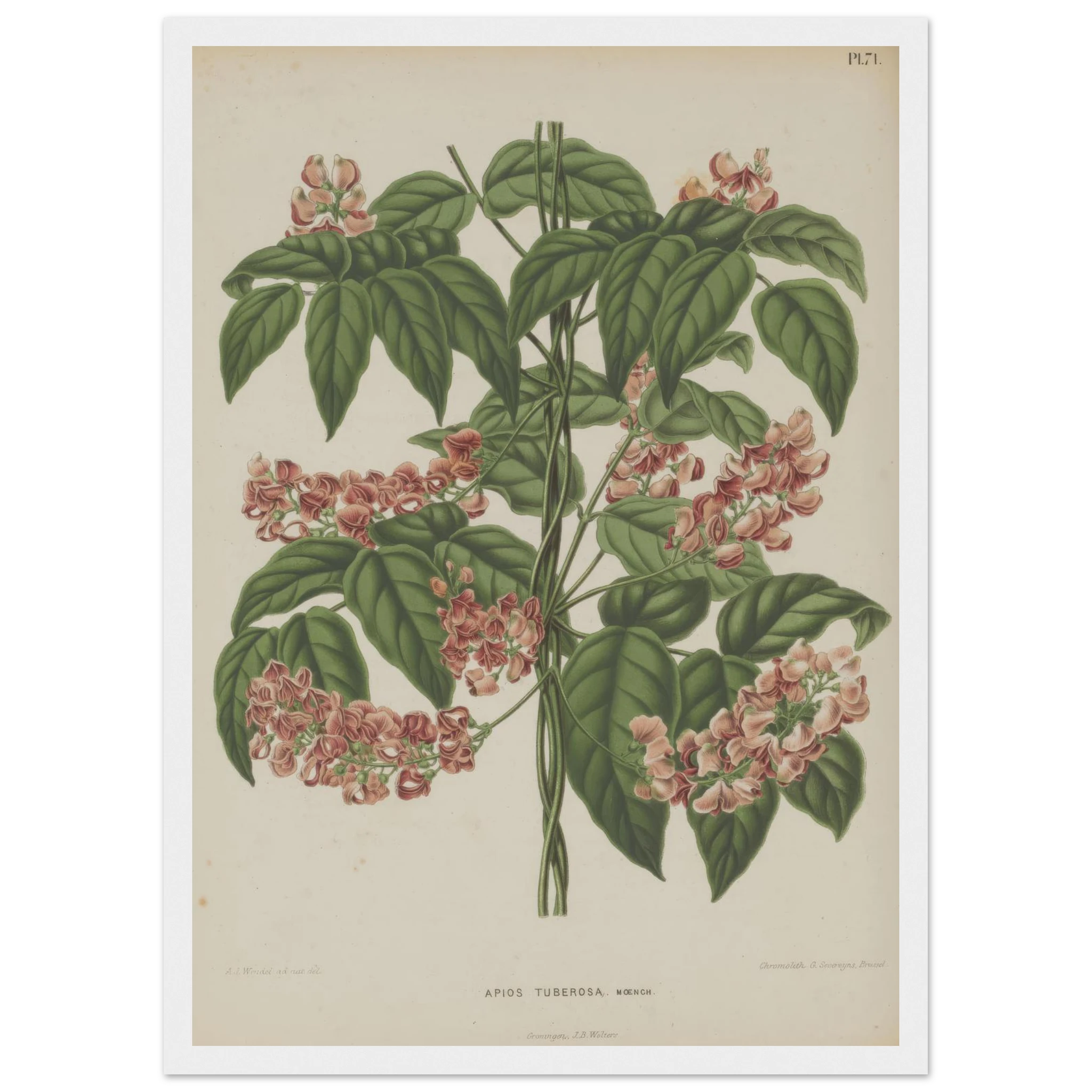




Solid wood frames, UV-protected acrylic glaze, and archival backing for lasting durability.
12-colour giclée printing on FSC-certified 200gsm fine art paper, with lifetime fade resistance.
Sustainably sourced materials, precision manufactured locally, reducing carbon footprint.
Each frame is sealed with rigid backing and fixings attached, no extra effort required.
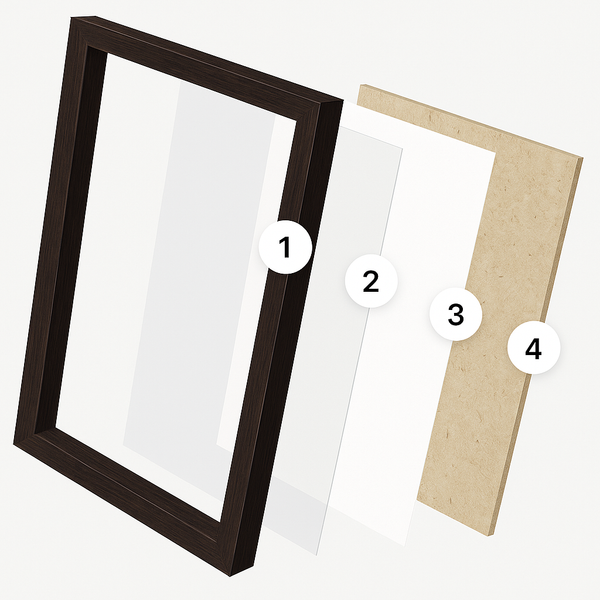
Real reviews from real customers
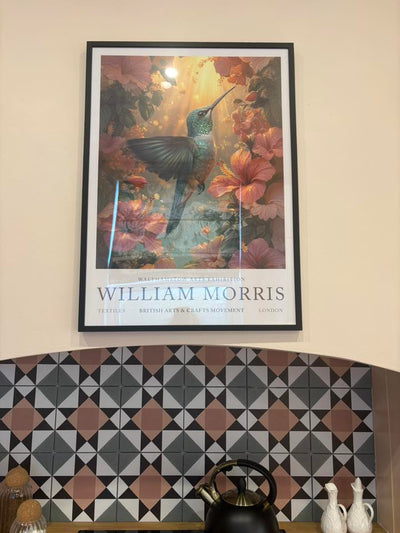
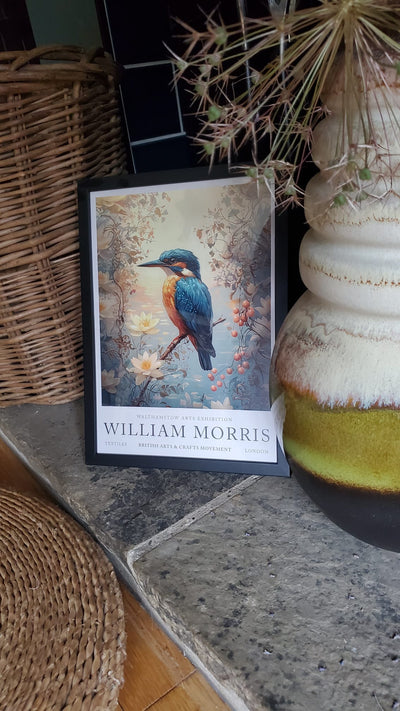
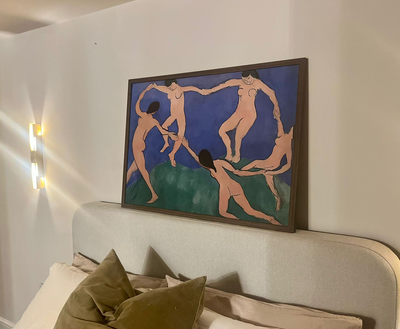
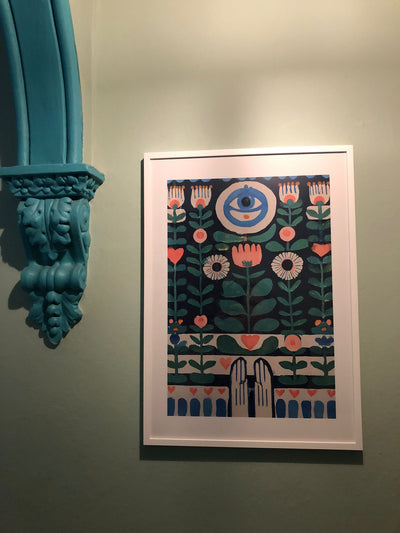

This product has no reviews yet.